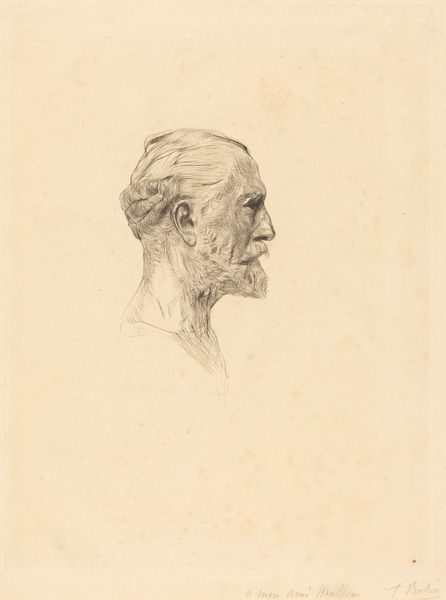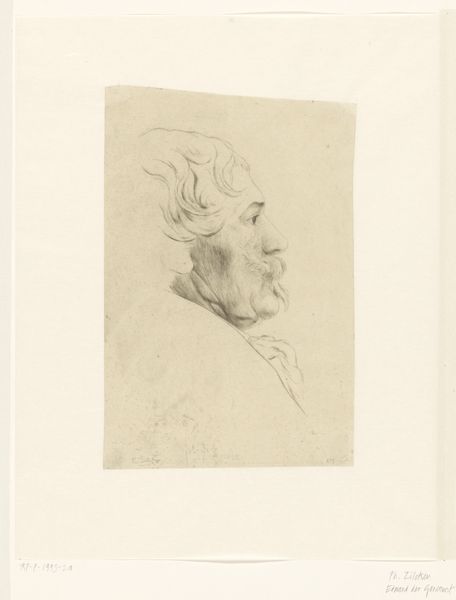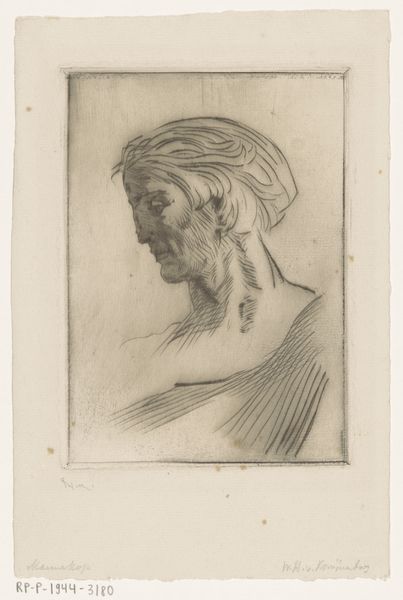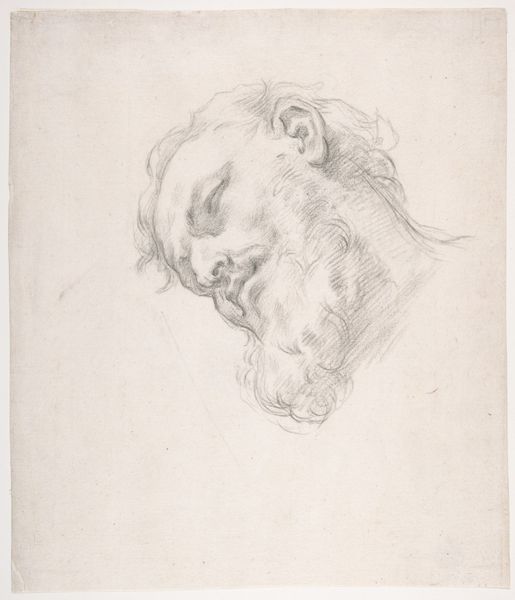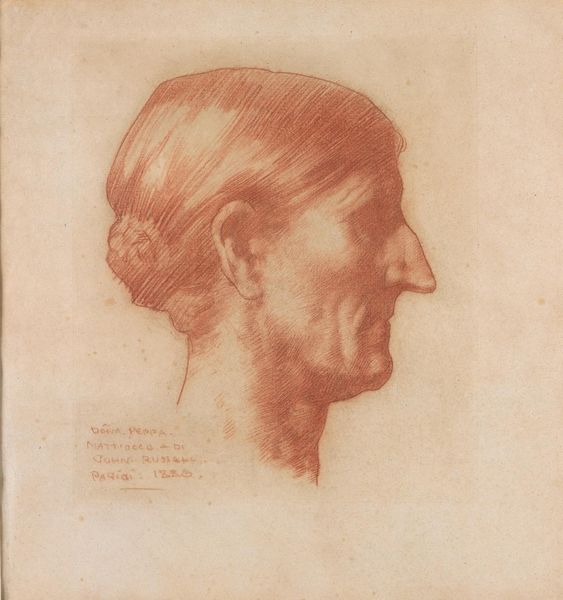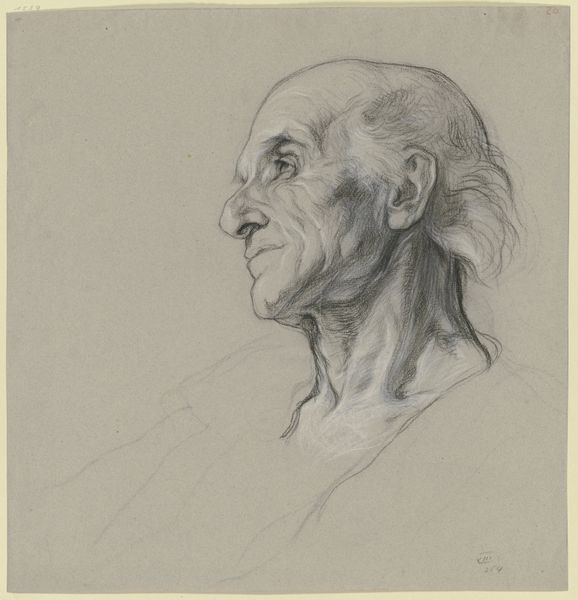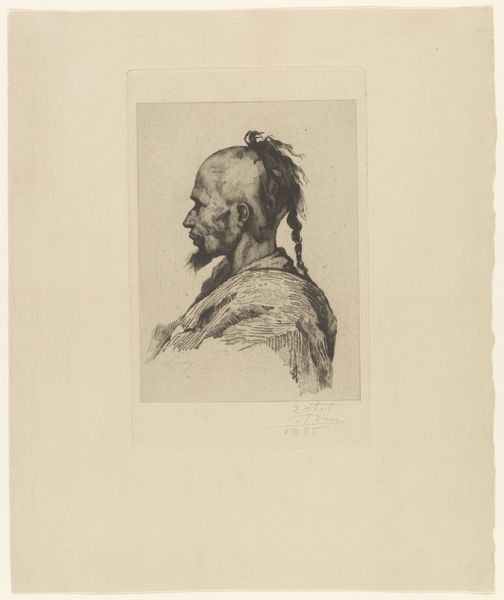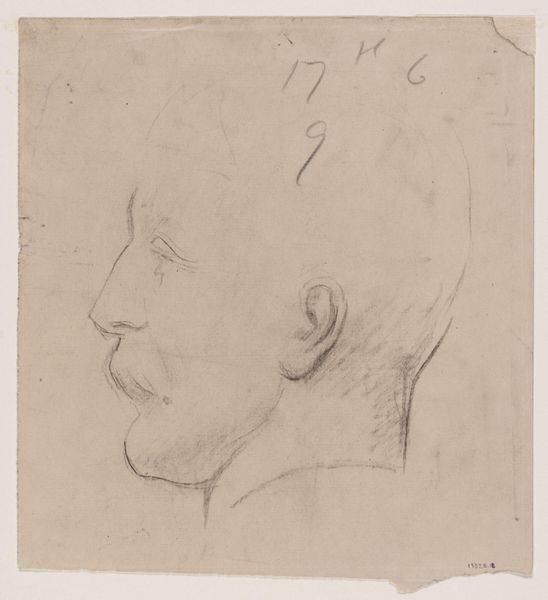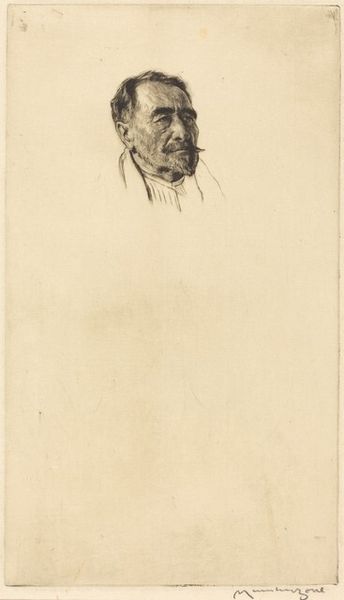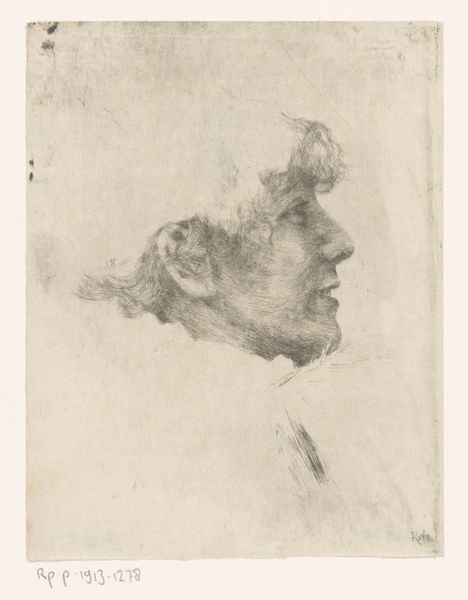
print, etching
#
portrait
# print
#
etching
#
realism
Copyright: National Gallery of Art: CC0 1.0
Editor: Here we have Auguste Rodin's "Antonin Proust," an etching from 1885. It feels incredibly immediate, like a quick study. What strikes you about this portrait, considering Rodin’s context? Curator: It's a fascinating example of how artistic and political spheres intertwine. Proust, beyond being a prominent politician and Minister of Fine Arts, was also a staunch supporter of the arts. This print reflects Rodin acknowledging that power dynamic and publicly showing his respect, even gratitude. Do you think the medium, an etching, speaks to that at all? Editor: Perhaps. It feels more accessible, reproducible, than, say, a unique sculpture. Almost like a campaign poster, in a way? Curator: Exactly. Etchings allow for wider circulation. Consider the climate: photography was gaining momentum, threatening traditional portraiture. A print like this, distributed amongst political circles, helps reinforce Rodin’s position within the Parisian art world by aligning himself with an influential figure. It demonstrates a strategic understanding of art's social function. Editor: So, the artistic merit is intertwined with a savvy understanding of power and patronage? Curator: Absolutely. It’s a dialogue between artist, sitter, and the public arena, shaped by the institutions and political currents of the time. Editor: That shifts my perspective entirely! I went in thinking it was simply a study, but now I see its deeper social implications. Curator: And that’s the beauty of art history. We can always dig deeper into the stories art tells us about ourselves and society.
Comments
No comments
Be the first to comment and join the conversation on the ultimate creative platform.

